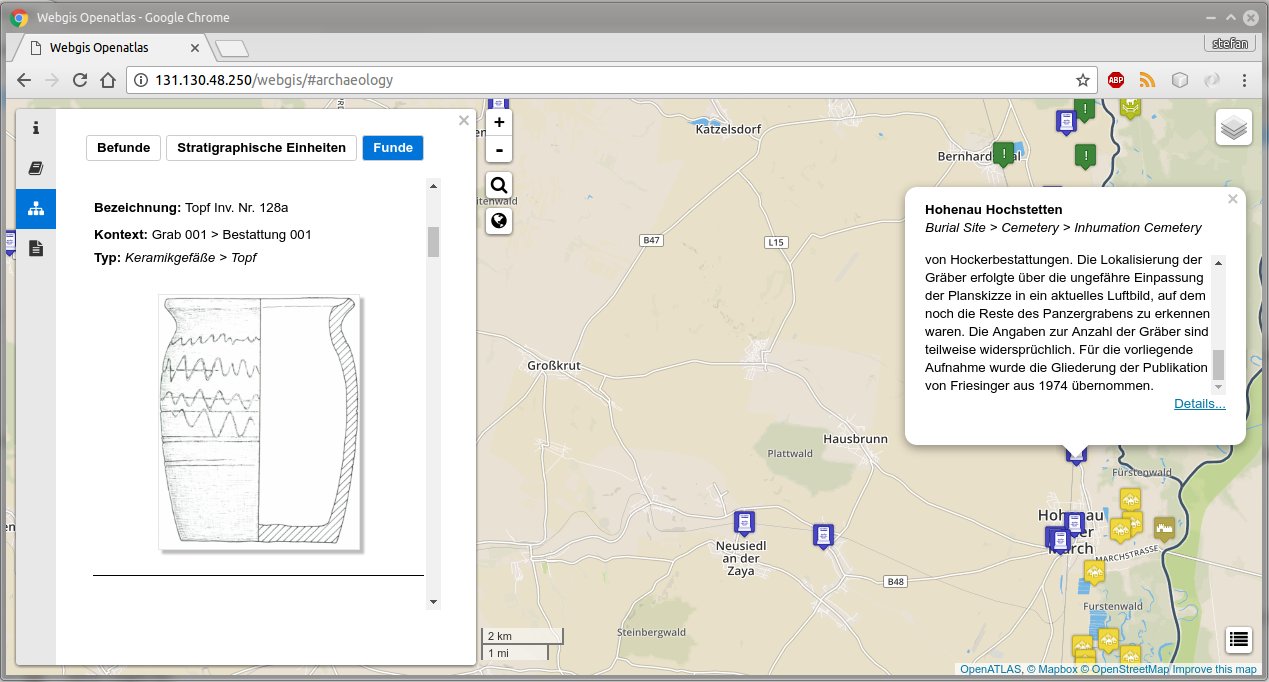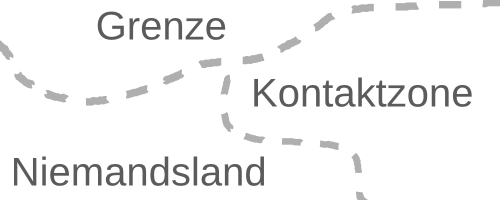The scholarly aim of the project is to collect, organize and use archaeological and environmental data and analyse them mostly by statistics methods, in GIS software and with Agent based Modelling . First goal is to observe connections between the environment and the settlement structure. The starting point will be the collection and comparison of the quantity and quality (type of research) of archaeological data and comparison of the environmental data. We would like to revalue this environmental data, because of possible changes in the environment from the early Medieval Ages to nowadays. Then we can focus on the second aim of the research, which is a better understanding and more realistic characterisation and visualisation of the cultural-historical development of the area along the lower stretches of the Morava/March river in the early medieval period from the 6th to the 11th century AD.

Screenshot of the project's web-GIS with finds and sites from the region undert study
The project cooperates with other projects, which are also aiming at investigating the Early Medieval Ages settlement structure and the role of “border region” along the Morava river valley. One partner is the project “Frontier, Contact Zone or No Man's Land?” of University of Vienna (Principal Investigator: Stefan Eichert) and Masaryk University in Brno (Principal Investigator: Jiří Macháček) . Another related project is the research of the hinterland of the fortified settlement Mikulčice done by M. Hladík, whose work is originated in the research activities of the Institute of Archaeology of the Academy of Sciences of the Czech Republic, Brno, v. v. i.
Within “Hic sunt leones” Scholars, PhD- and Master Students from both, Vienna and Nitra will collaborate on the common topics and create a joint datapool for crossborder analyses and interpretations. Their journeys to the respective partner-university will be funded and several workshops and presentations will be organised. Furthermore the results will be presented at various international conferences. The presented papers and research results will be published in English, Slovak and German language in peer reviewed journals. The outcome shall also be presented as an interactive web-application and via the projects website to reach a broader audience. Besides the scholarly dissemination “Hic sunt leones” is also a great opportunity to establish new networks between the partner institutes and the involved researchers that will hopefully lead to further intensive cooperation and exchange in the future.

